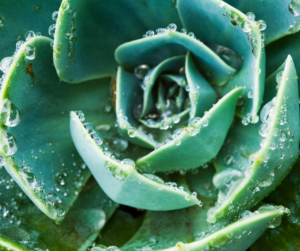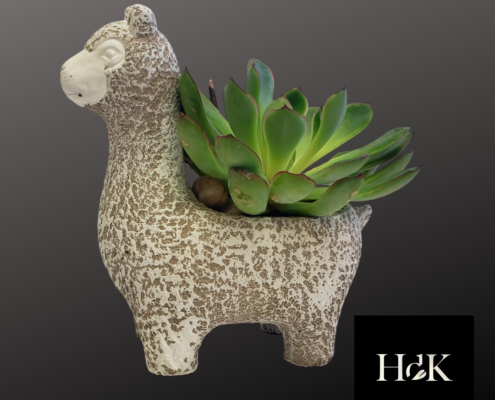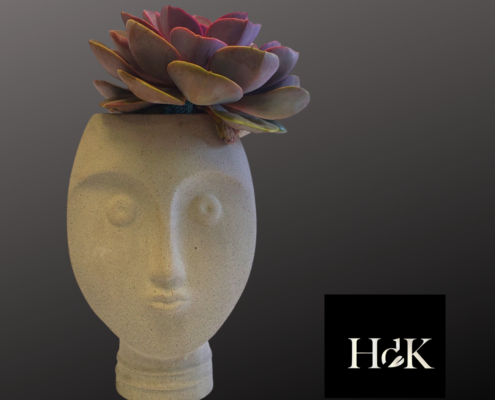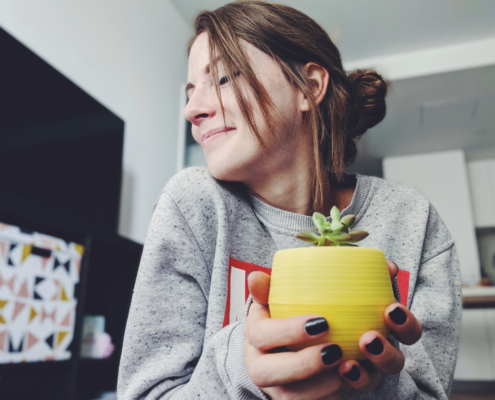So you received a Succulent! Now What?!
How to Care for Succulents
Although succulents are generally seen as an easy houseplant to have, it’s still important to learn about their care needs to ensure your succulent thrives in its new space.
1. Make Sure Succulents Have Enough Light
Since most succulents are native to hot, desert climates, they generally have higher sun requirements than many other houseplants. Many succulents require between three to six hours of sunlight per day, which means that placement in a south- or east-facing window sill is ideal for your succulents.
Can You Have Low Light Succulents?
Although succulents generally need lots of light, some varieties can survive in low-light conditions as well. If a space has minimal natural daylight, it’s still possible to find succulents, such as aloe, that will tolerate low or indirect light.
2. Don’t Overwater
Because succulents are native to the desert, they typically don’t need as much water as typical houseplants. Generally, you should let the soil completely dry out between waterings. A great way to test if the soil is dry enough to water is by sticking your finger into the soil around two inches deep. If your finger comes out without much soil on it, the soil is likely dry enough to warrant another watering.
likely dry enough to warrant another watering.
How Many Times a Week Do You Need to Water Succulents?
As a ballpark number, you should aim to water your succulent around every two to three weeks. However, this is not a hard and fast rule, and some succulents may need watering more or less often — it’s most important to listen to your succulent and watch for signs that it needs watering, such as wilting leaves.
How Do You Take Care of an Overwatered Succulent?
If your succulent isn’t able to fully dry out between waterings, it could lead to root rot, ultimately killing your plant. To avoid root rot, make sure your succulent has adequate drainage holes in its pot and ensure the succulent is never sitting in leftover water.
If your succulent has been overwatered, remove the plant from the wet soil and allow it to dry out somewhere bright, but without direct sunlight, for up to a week. After this, replant the succulent with a new succulent potting mix (don’t reuse the old soil) and give the plant at least a week to adjust to the new soil before watering again.
3. Best Temperature for Succulents
Because succulents are accustomed to desert climates, they can withstand temperatures from around 40 to 95º F (4 to 35º C). However, you should try to keep your succulent within a more reasonable temperature range, such as one that occurs naturally indoors. More sensitive succulent varieties may not bode well to drastic changes in temperature.
4. Succulent Pests
Certain varieties of pests can be found on succulents, such as spider mites, fungus gnats and scale bugs. To control the bug problem, use a mix of water and soap, alcohol or an insecticide to spray the plant and remove pests. You should also move infected succulents away from others to minimize the chance of pests spreading to your other houseplants.







